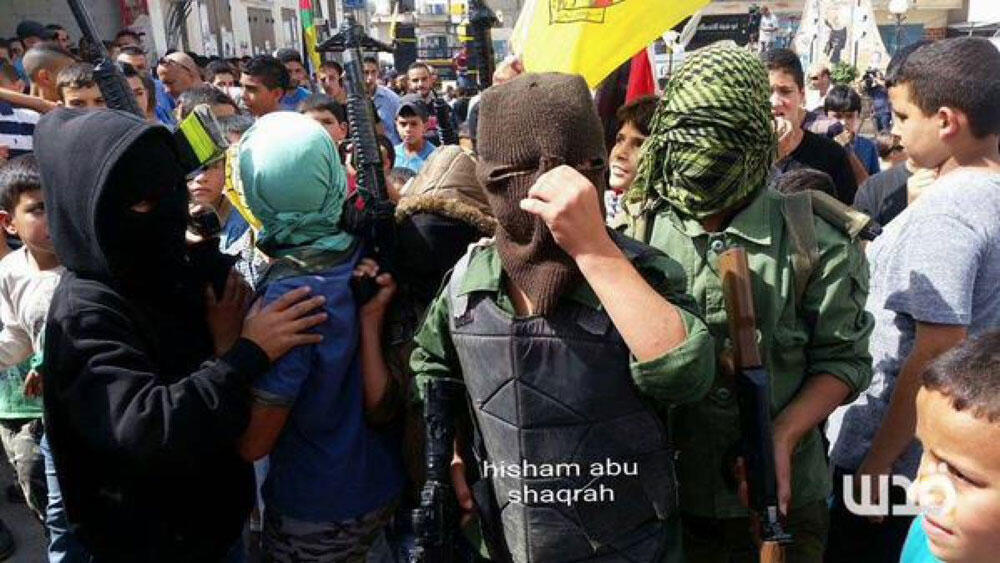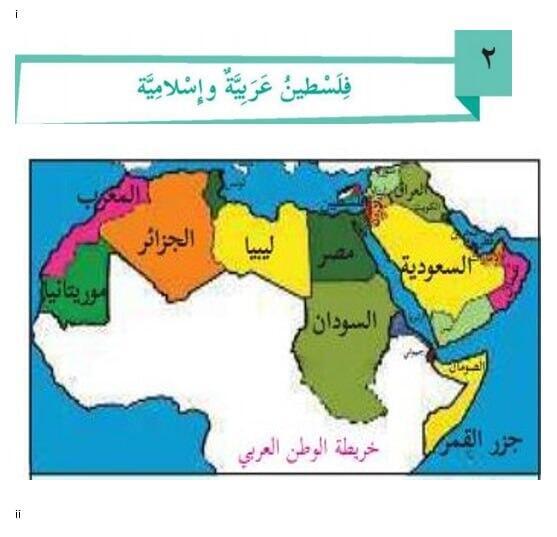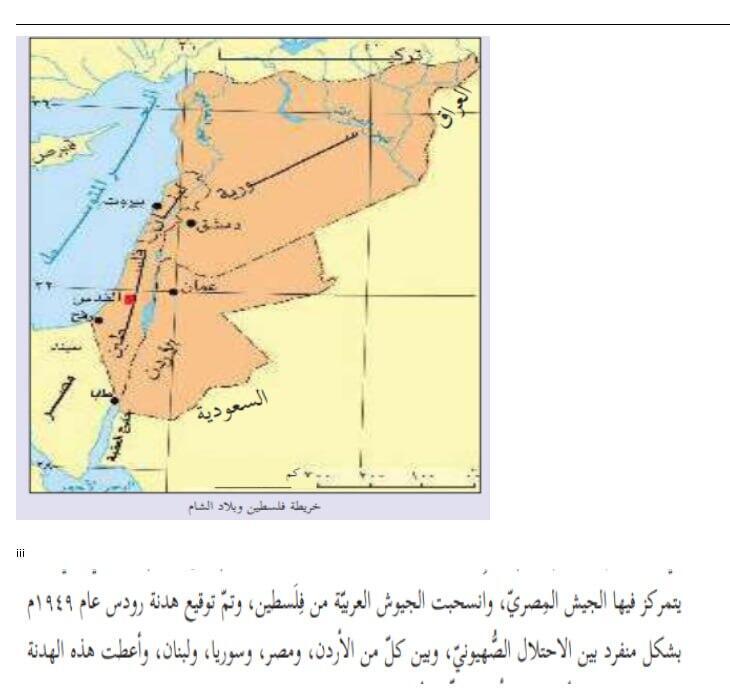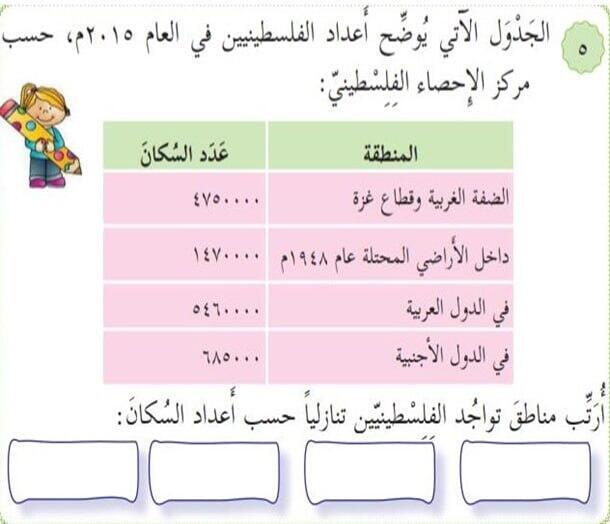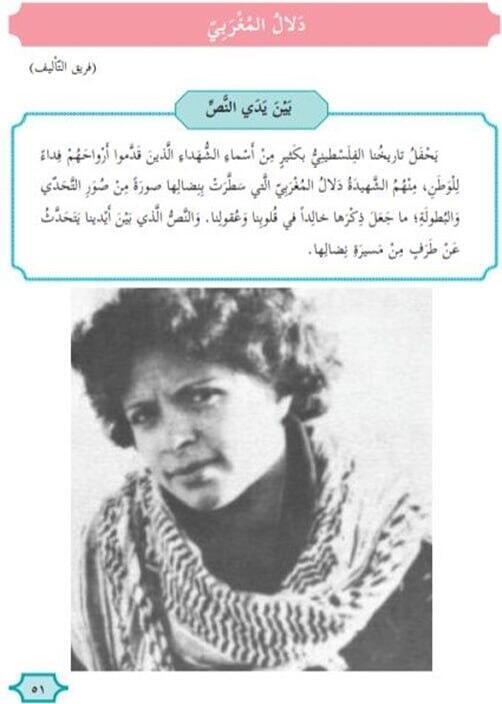Getting your Trinity Audio player ready...
U.S. President Joe Biden has stated clearly that he expects a two-state solution to emerge from the aftermath of the Israel-Hamas war.
Read more:
To understand the implications of a two-state solution, the time has come to examine how this concept is presented in Palestinian education.
The Palestinian Authority (PA) was established on the basis of the 1993-4 Oslo Accords between the State of Israel and the Palestine Liberation Organization (PLO) following their mutual recognition. Yet not a single map in all PA textbooks shows Israel's territory in its pre-1967 boundaries. The whole area between the Jordan River and the Mediterranean Sea is called "Palestine." Following are two examples out of many:
A lesson titled "Palestine is Arab and Muslim" presents a map titled "Map of the Arab Homeland" in which the whole country is painted red, with the name "Palestine" appearing next to it and the Palestinian flag is drawn above (National and Social Upbringing, Grade 4, part 1 (2020) p. 8).
Palestine appears as a sovereign state instead of the State of Israel, next to Lebanon, Syria and Jordan, in a map titled "Map of Palestine and the Levant" (Geography and Modern and Contemporary History of Palestine, Grade 10, Part 1 (2020) p. 8).
The PA schoolbooks replace Israel's official name with the title "the Zionist occupation":
"…The Arab armies withdrew from Palestine and the Rhodes Armistice was signed in 1949 separately between the Zionist occupation and each of Jordan, Egypt, Syria and Lebanon…" (Geography and Modern and Contemporary History of Palestine, Grade 10, Part 2 (2020) p. 7).
Israel's pre-1967 territory is defined as Palestinian territories occupied in 1948:
"The following chart clarifies the numbers of Palestinians in the year 2015 according to the Palestinian Statistics Center:
I will organize the regions where the Palestinians are found in descending order according to the numbers of inhabitants: [4 empty squares]" (Mathematics, Grade 4, Part 1 (2020) p. 22. Emphasis added).
Israel's pre-1967 territory should be, therefore, returned to Palestinian sovereignty. The following language exercise mentions the city of Jaffa in this respect:
"2. It would be appropriate for Jaffa to return to our bosom" (Arabic Language, Grade 8, Part 2 (2019) p. 102).
The vision of free Palestine does not have room for the State of Israel (Sciences and Life, Grade 3, Part 1 (2020) p. 65).
Terror is part and parcel of the liberation of Palestine in its entirety. Dalal al-Mughrabi, the female commander of the terrorist attack in 1978 on an Israeli civilian bus on Israel's Coastal Highway, in which over 30 men, women and children were murdered, is presented as a role model for Palestinian fifth graders in a four-page lesson, of which the following is the first one:
"Dalal al-Mughrabi
([by] the writing team)
In front of the text:
Our Palestinian history is replete with many names of martyrs who have given their soul in sacrifice for the homeland. Among them [is] the martyr Dalal al-Mughrabi who has illustrated with her struggle a picture of challenging and bravery that have made her memory eternal in our hearts and minds. The text in front of us speaks of one aspect of her struggle path" (Arabic Language, Grade 5, Part 2 (2020) p. 51).
David Bedein is the director of The Center for Near East Policy Research.



